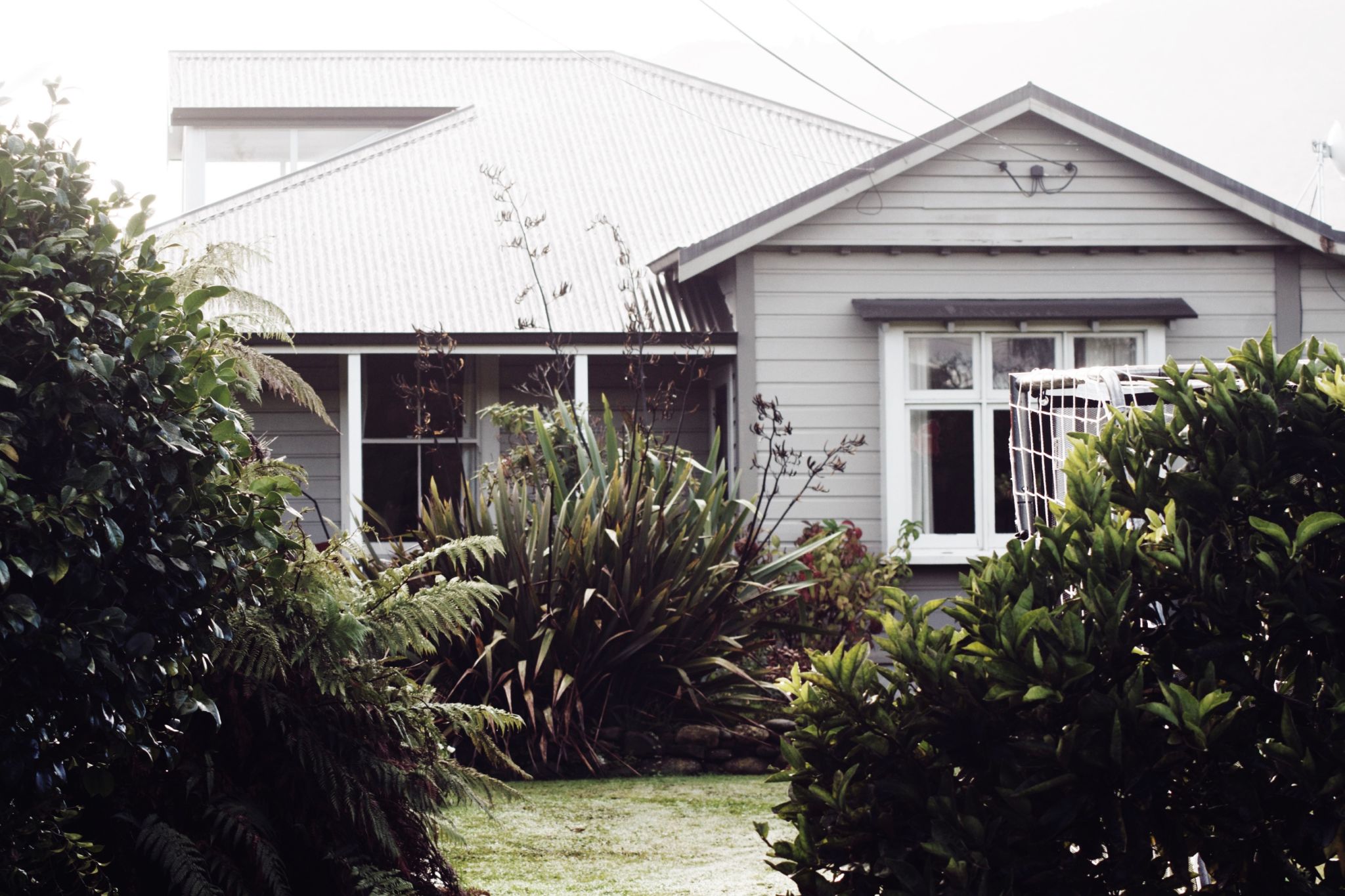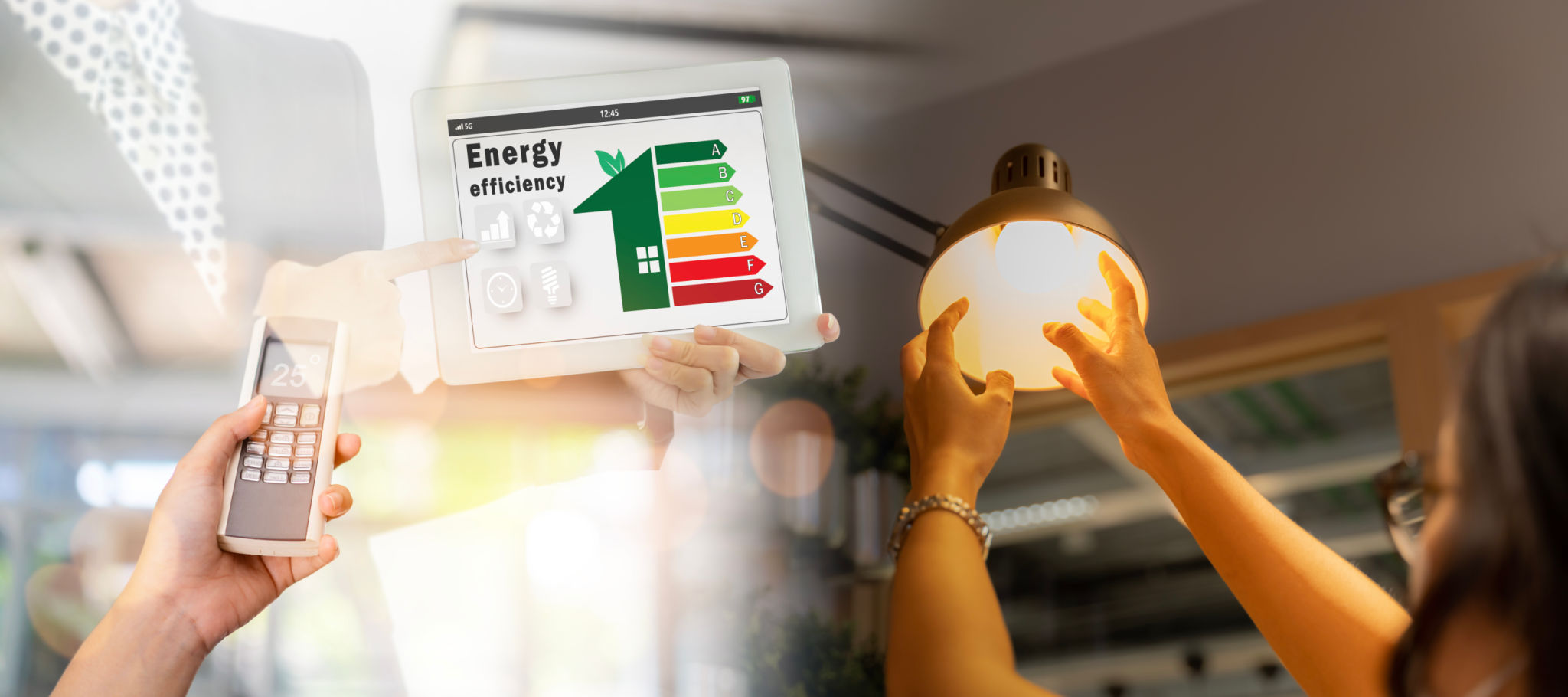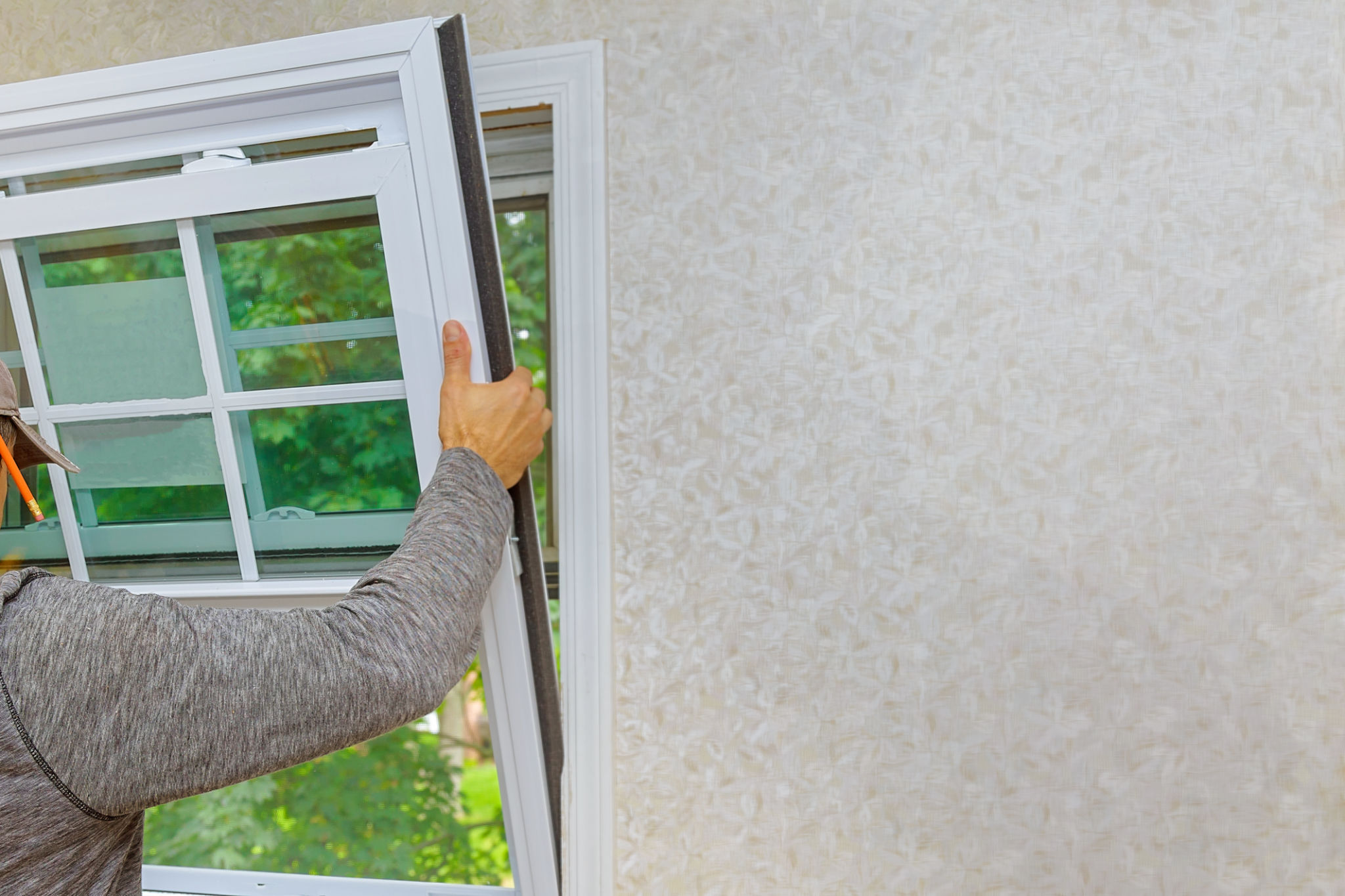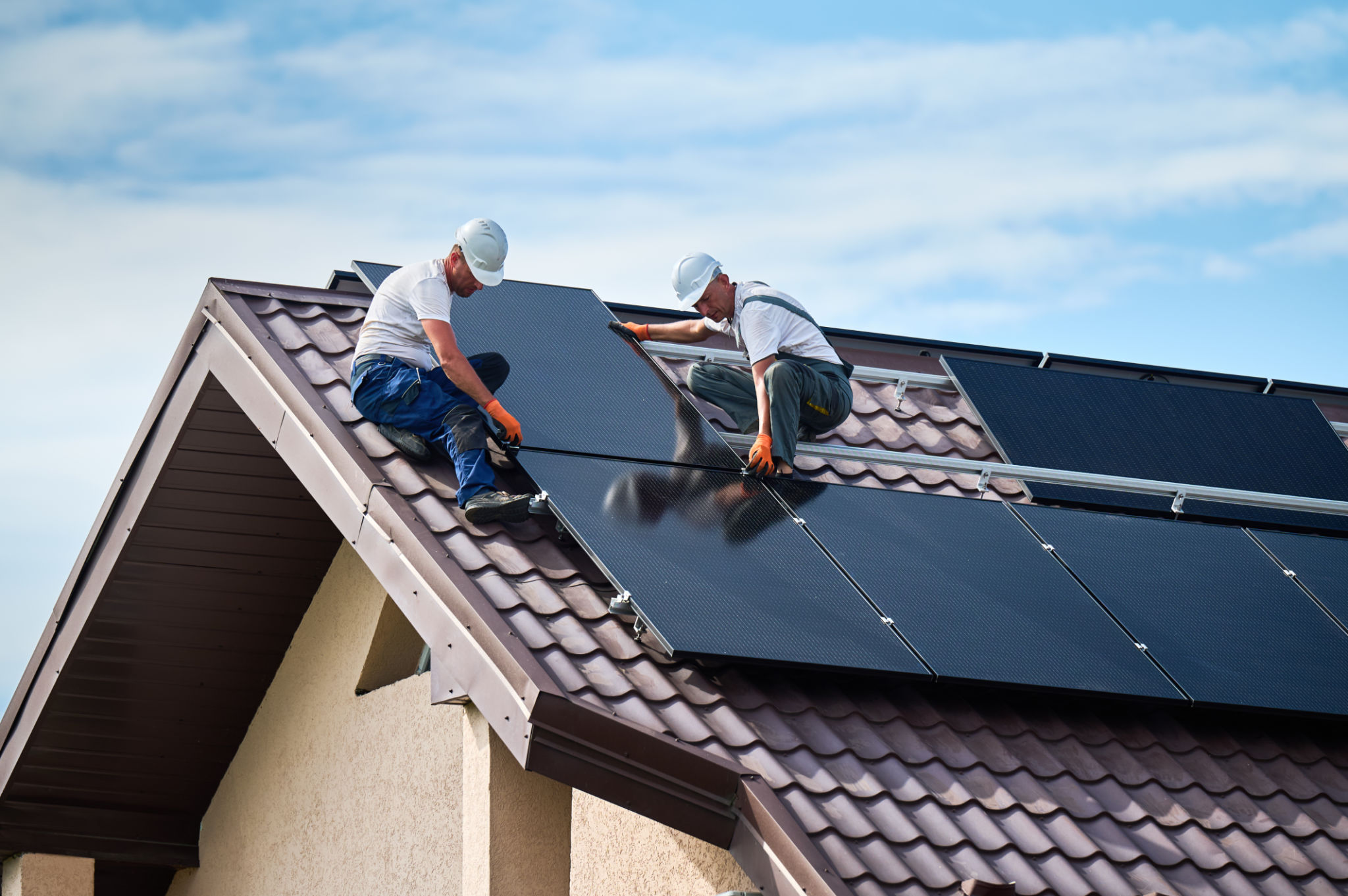Comprehensive Guide to Energy Upgrades for Victorian Homes
Understanding Victorian Homes
Victorian homes, known for their intricate details and historic charm, are a beloved part of architectural history. Built primarily during the reign of Queen Victoria (1837-1901), these homes often feature ornate woodwork, steep rooflines, and large windows. However, while aesthetically pleasing, Victorian homes were not designed with energy efficiency in mind. This can lead to higher energy bills and a larger carbon footprint.
Modernizing these homes with energy upgrades not only helps in reducing energy costs but also enhances the comfort and sustainability of your living space. By understanding the unique characteristics of Victorian homes, homeowners can implement effective strategies to improve energy efficiency while preserving the home’s historical integrity.

Assessing Your Home's Energy Efficiency
The first step in upgrading your Victorian home is to conduct a thorough energy audit. This process involves identifying areas where energy is being lost and determining the most effective ways to address these issues. Key areas to examine include insulation, windows, and heating systems.
Consider hiring a professional energy auditor who can use specialized equipment to detect leaks and inefficiencies that are not visible to the naked eye. This will provide a comprehensive understanding of your home’s energy usage and potential improvements.

Improving Insulation
One of the most effective ways to enhance energy efficiency in a Victorian home is by improving insulation. Many older homes lack adequate insulation, leading to significant heat loss during colder months. Adding insulation to walls, attics, and basements can help maintain a consistent indoor temperature and reduce heating costs.
When insulating a Victorian home, it is crucial to choose materials that do not compromise the building’s structure or historical features. Options such as blown-in cellulose or spray foam insulation can be used to fill gaps without altering the home’s appearance.
Upgrading Windows
Victorian homes typically feature large, single-pane windows that contribute to heat loss. Upgrading to double-glazed or triple-glazed windows can significantly improve energy efficiency by providing better insulation. These modern windows help keep heat in during winter and out during summer, leading to more comfortable indoor temperatures year-round.

For homeowners who wish to preserve the original windows, storm windows can be a viable alternative. These are installed over existing windows to provide an additional layer of insulation without altering the historic character of the home.
Enhancing Heating Systems
Victorian homes often rely on outdated heating systems that are inefficient and costly to operate. Replacing old boilers or furnaces with modern, high-efficiency models can drastically reduce energy consumption. Consider installing a programmable thermostat to regulate heating more effectively and reduce unnecessary energy use.
In addition to upgrading heating systems, consider incorporating renewable energy sources such as solar panels or heat pumps. These technologies can further reduce reliance on fossil fuels and lower energy bills over time.

Preserving Historical Integrity
While energy upgrades are essential for improved efficiency, maintaining the historical integrity of a Victorian home is equally important. Many homeowners are concerned about altering the home’s original features during modernization efforts.
Working with professionals who specialize in historic preservation can ensure that upgrades are made sensitively and responsibly. They can provide guidance on materials and techniques that align with historical standards while achieving modern energy efficiency goals.
Ultimately, energy upgrades for Victorian homes offer the opportunity to enjoy the beauty and charm of these historic structures while embracing modern comfort and sustainability. By carefully planning and implementing these changes, homeowners can reduce their environmental impact and preserve their home’s legacy for future generations.